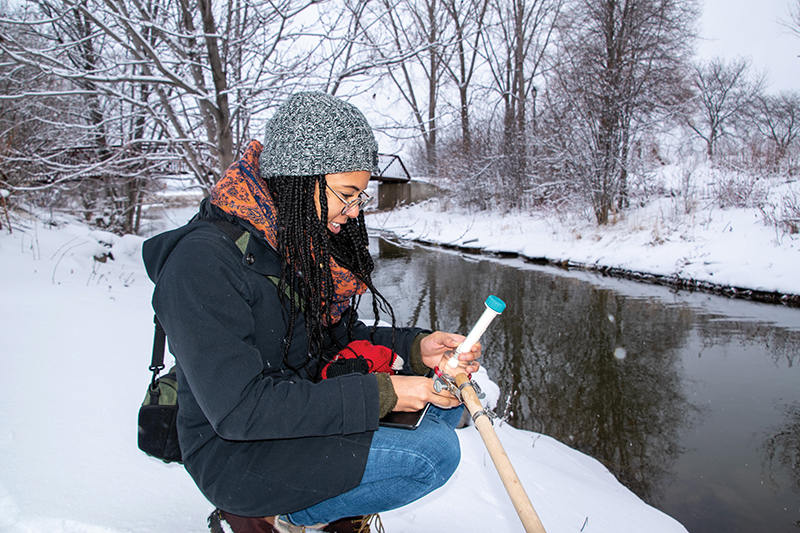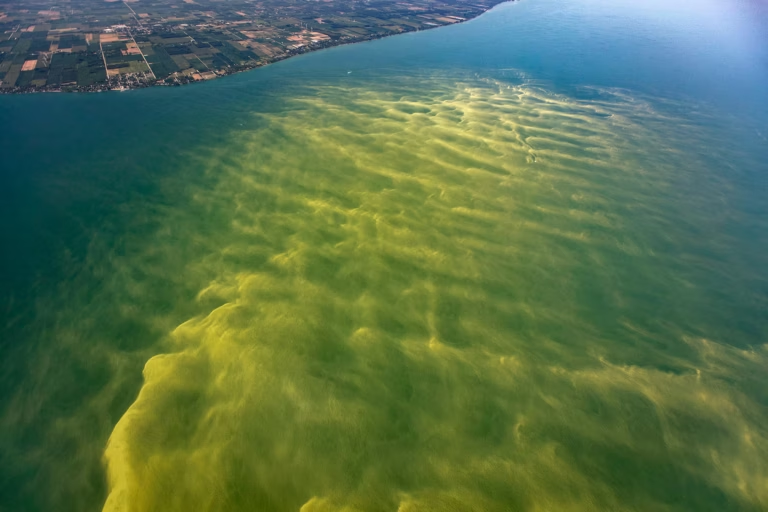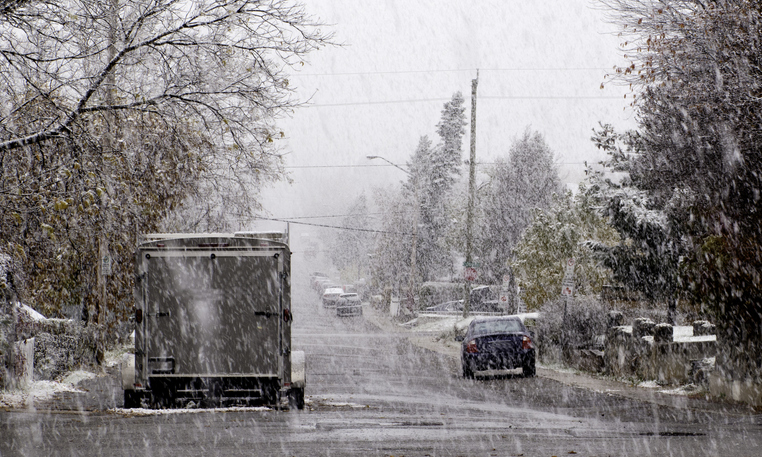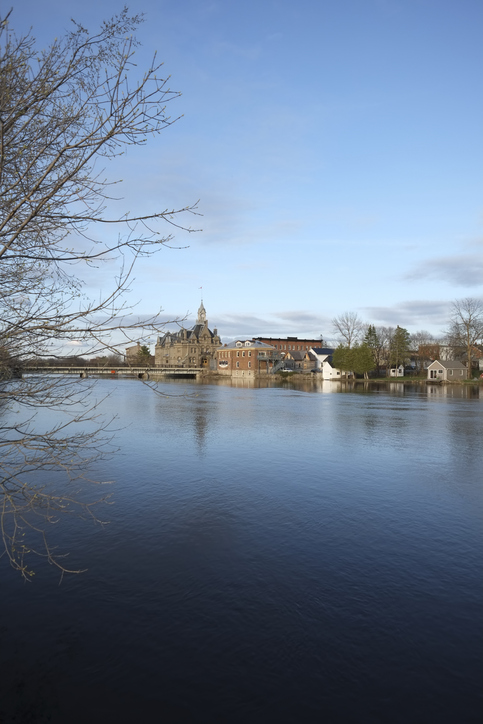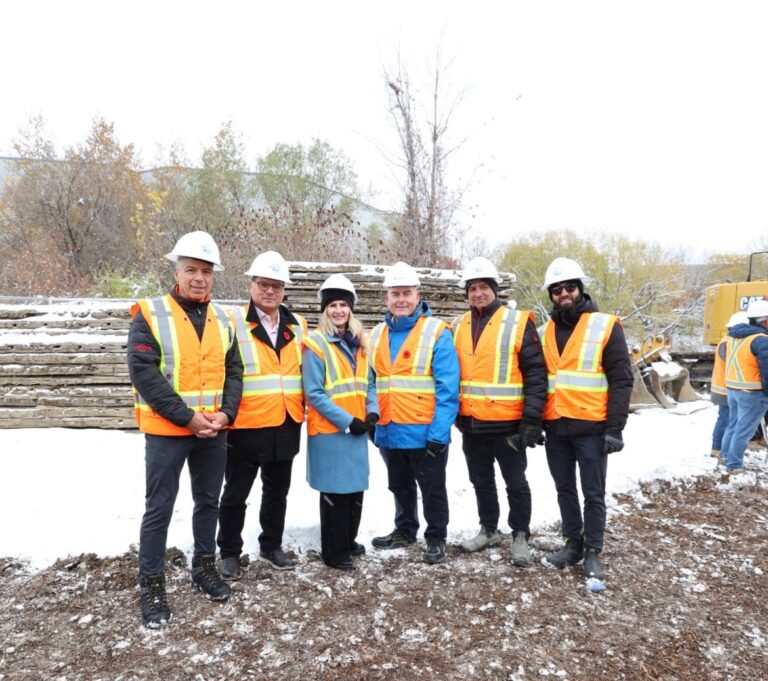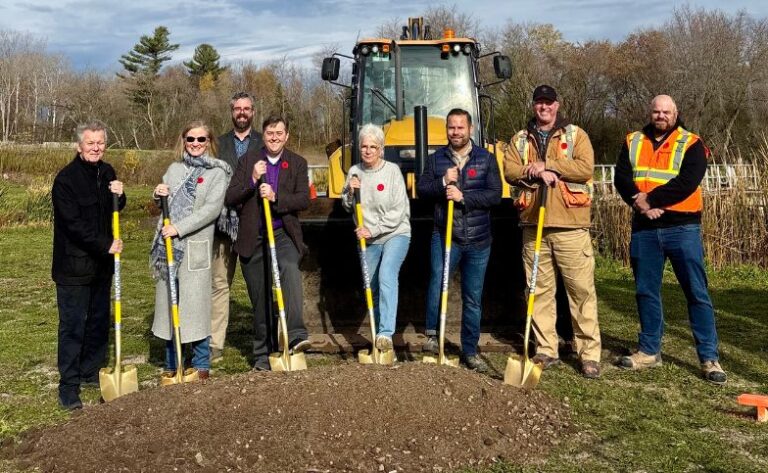It’s an expression that resonates on so many levels in the water quality and watershed health assessment world! Inviting people to join, to enjoy, and take in the beauty of clean, refreshing water—just the right temperature, not too hot, not too cold.
It’s also a phrase of encouragement for someone to start something. With the Watershed Health Assessment and Monitoring project that is exactly what Ottawa Riverkeeper organization has done—dove in and invited others to join with a goal to understand how ‘fine’ the water is.
The Ottawa River watershed is the traditional, unceded, and unsurrendered territory of the Algonquin Anishinaabe people, and now home to many. The name Ottawa is derived from the Anishinàbemowin (Algonquin language) word adàwe, meaning “to trade.”
Much of the work Ottawa Riverkeeper is doing on and for the protection of the watershed and its health is linked to the sharing of information and knowledge accented on engaging, collecting, and reporting. Sharing the love of the water, and sharing the information that helps assess its health.
Today the river, which stretches 1,271-kilometres from source to mouth, descends approximately 400-metres from an elevation of 430-metres at the headwaters to 20-metres at its mouth, and spans many jurisdictions, including Algonquin First Nations, two provinces, and over 200 municipalities.
The Ottawa River is Canada’s capital river, a heritage river, and the second largest river in Eastern Canada. This is an important watershed that needs a voice. A voice that aims to bring people and players together, to dive in, to solution-find, share data, and build a story that takes into account the many layers of history and ecology.
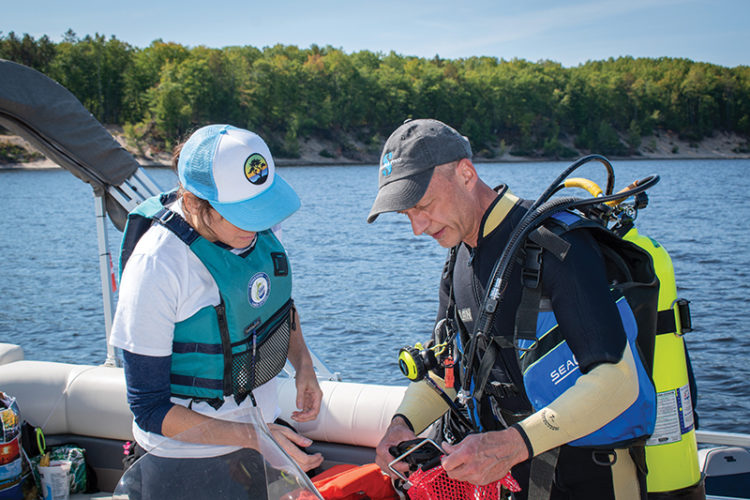
Established in 2001, Ottawa Riverkeeper became the third Waterkeeper program in Canada to be licensed by the international Waterkeeper Alliance. Ottawa Riverkeeper works throughout the Ottawa River watershed to protect the Ottawa River and to influence decisions that affect the health and future of the river. A fundamental objective and underlying vision for all that the organization does is based on a desire to know, monitor, and assess the health of the watershed.
In 2006, Ottawa Riverkeeper published a comprehensive assessment of the Ottawa River. The purpose of the report was to inform a broad audience of the current physical and biological conditions of the Ottawa River watershed and the impacts of human activities on the watershed.
The report was followed by an Ottawa River Summit in 2010 and another in 2015. It was at this 2015 summit that participants articulated an overwhelming interest in assessing the health of the Ottawa River and its watershed.
Given that a full watershed assessment is a very large undertaking, Ottawa Riverkeeper agreed to begin the process. A watershed health committee was established and began a process and series of conversations to develop indicators that could be used to help assess watershed health.
Through this initial study, a series of 14 indicators were selected to help answer the question of how healthy are our rivers. As we continue this investigation we are gathering, analyzing, and sharing new data for each of the indicators we have identified through collaboration with two Algonquin communities: Kebaowek First Nation and Kitigan Zibi Anishinabeg.
Together we are co-designing projects and working with communities throughout the watershed to understand local issues and engaging citizen scientists to participate in community-based monitoring projects. Through this effort to collect and analyze data, we hope to empower people as they learn more about the health of the watershed to take actions to protect the incredible Ottawa River.
How do you know how healthy a river is? This is a question Ottawa Rivekeeper is often asked. However, the answer, especially for a system as complex as the Ottawa River watershed, can be a challenging puzzle to untangle.
Read the full article in the July/August 2020 issue of Water Canada. The Ottawa Riverkeeper provided the header image for this article.

